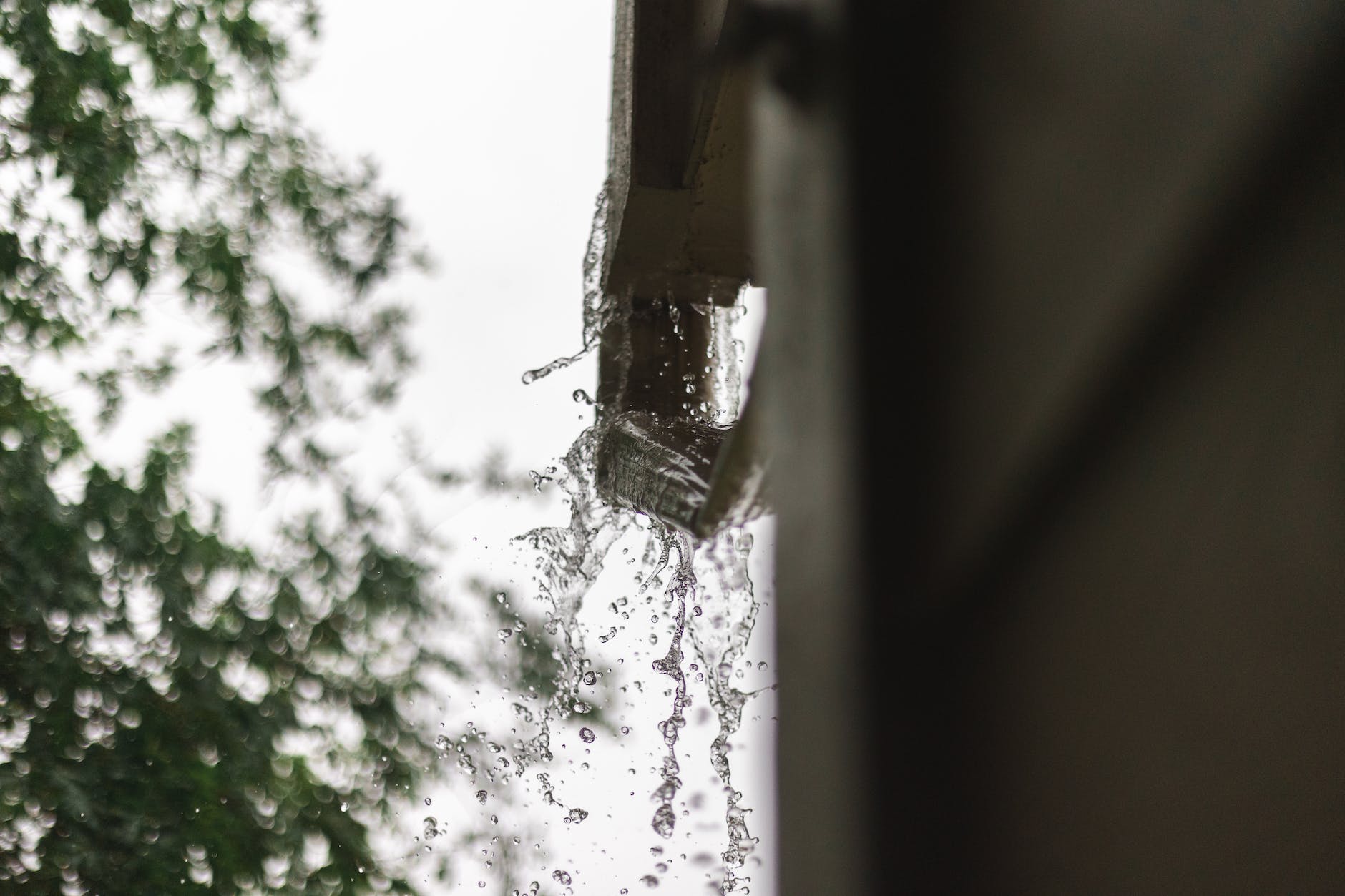What screws for gutter brackets ? When selecting screws for gutter brackets, it’s essential to choose materials that provide durability, corrosion resistance, and a secure hold. Stainless steel screws are often recommended for gutter bracket installations due to their resistance to corrosion, rust, and weathering. These screws are suitable for various gutter materials, including aluminium, steel, and vinyl. Coated screws, such as those with zinc or other corrosion-resistant coatings, are also effective in protecting against the elements.
The choice of screw length depends on the thickness of both the gutter material and the bracket. It’s advisable to consult with the manufacturer’s guidelines for both the gutters and brackets to ensure compatibility and optimal performance. Using the right screws contributes to the overall stability and longevity of the gutter system, providing reliable support in diverse weather conditions.
What are Gutter Brackets
Gutter brackets are essential components of a gutter system, providing structural support and attachment points for securing the gutters to the exterior of a building. These brackets are typically mounted onto the fascia board or other suitable surfaces along the roofline. Gutter brackets play a crucial role in maintaining the proper slope and alignment of the gutters, ensuring effective water drainage. They are available in various designs, including spike-and-ferrule, strap, and hidden hangers, each catering to different installation methods and aesthetic preferences.
The choice of gutter brackets depends on factors such as the type of gutter material, local weather conditions, and the overall design of the gutter system. Properly installed and securely fastened brackets contribute to the stability and functionality of the entire gutter system, preventing issues such as sagging or detachment over time.
Gutter Brackets Come in Multiple Shapes and Sizes
Indeed, gutter brackets are available in a variety of shapes and sizes to accommodate different gutter systems and installation preferences. The diversity in bracket designs allows for flexibility in addressing the unique requirements of various architectural styles and materials. Common shapes include brackets with hooks or arms that cradle the gutter, providing reliable support and preventing sagging. Additionally, hidden brackets offer a streamlined appearance as they are concealed within the gutter structure.
The sizes of gutter brackets can vary based on factors such as the width and weight capacity of the gutters they are intended to support. Homeowners and installers can choose from this array of shapes and sizes to ensure the proper fit, alignment, and structural integrity of the gutter system, enhancing both functionality and aesthetic appeal.
How Many Gutter Brackets Do I Need?
The number of gutter brackets needed depends on various factors, including the length and type of the gutter, local weather conditions, and the recommended spacing by the manufacturer. As a general guideline, gutter brackets are typically spaced at intervals of 24 to 36 inches along the length of the gutter. This spacing ensures proper support and prevents issues such as sagging or detachment, especially during heavy rainfall or snow.
For standard residential gutter installations, you may need one bracket for every two to three feet of gutter. However, in areas with heavy snowfall or ice, closer spacing may be advisable to account for the additional weight. Always refer to the manufacturer’s guidelines for your specific gutter system and consider local factors to determine the optimal number and spacing of gutter brackets for a secure and durable installation.
Gutter Brackets Usually 30 Inches Apart
The spacing of gutter brackets can vary based on factors such as the type of gutter material, local weather conditions, and the specific guidelines provided by the manufacturer. While a common recommendation is to space gutter brackets at intervals of 24 to 36 inches along the length of the gutter, some installations may opt for a more specific spacing, such as 30 inches apart.
This spacing is often chosen to strike a balance between providing adequate support for the gutter system and optimizing cost-effectiveness. It’s important to consider factors like the potential weight of snow or ice, especially in regions with colder climates, as this can impact the necessary spacing for gutter brackets. Always refer to the manufacturer’s guidelines for your specific gutter system to ensure proper installation and optimal performance.
Can I Use Hidden Gutter Brackets?
Yes, you can use hidden gutter brackets for your gutter installation, and they offer several advantages. Hidden brackets, also known as concealed hangers, provide a streamlined and aesthetically pleasing look to the gutter system as they are not visible from the ground. These brackets are typically installed inside the gutter, attaching to the back or upper edge and then fastening to the fascia or roofline.
When considering hidden gutter brackets, it’s essential to ensure they are suitable for your specific gutter type and material. Hidden hangers work well with various gutter materials, including aluminium, steel, and copper. Additionally, they provide strong support when installed correctly, helping maintain the proper alignment and slope of the gutters.
However, the choice between hidden and traditional brackets may also depend on factors such as the ease of installation, the type of fascia or roofline, and personal preferences. It’s recommended to follow the manufacturer’s guidelines and industry best practices when installing hidden gutter brackets to ensure a secure and effective gutter system.
Selecting the Right Screws for Gutter Brackets
Selecting the right screws for gutter brackets is a critical aspect of ensuring the stability and longevity of your gutter system. When choosing screws, it’s essential to consider factors such as the material of your gutters and brackets, as well as the local climate conditions. For outdoor applications like gutter installations, corrosion-resistant screws are highly recommended. Stainless steel screws or screws coated with materials like zinc or other anti-corrosive agents protect against rust, ensuring durability in various weather conditions.
The length and thickness of the screws should also be chosen based on the specific design of the gutter brackets and the type of fascia or roofline they are being attached to. Using screws that are too short or too thin may compromise the structural integrity of the installation. Consulting with the gutter system manufacturer or a professional installer can provide valuable insights into the most suitable screws for your specific gutter and bracket combination, helping to ensure a secure and effective installation that withstands the test of time and environmental elements.
Considerations for Corrosion-Resistant Gutter Bracket Screws
When selecting screws for gutter brackets, giving careful consideration to corrosion resistance is crucial for the long-term durability of the gutter system. Gutter bracket screws are exposed to various weather conditions, including rain and humidity, making them susceptible to corrosion over time. Opting for corrosion-resistant materials, such as stainless steel or coated screws, helps mitigate the impact of environmental factors. Stainless steel screws, in particular, are known for their exceptional corrosion resistance, making them ideal for outdoor applications. The coating on some screws adds a layer of protection against rust and deterioration.
Corrosion-resistant screws not only contribute to the structural integrity of the gutter system but also minimize the need for frequent maintenance and replacements. In regions with high humidity, coastal areas, or places prone to heavy rainfall, investing in quality, corrosion-resistant screws ensures that the gutter brackets remain robust and reliable, even in challenging weather conditions. Regular inspection and maintenance further complement these considerations, ensuring the ongoing effectiveness of the gutter bracket screws and the overall functionality of the gutter system.





